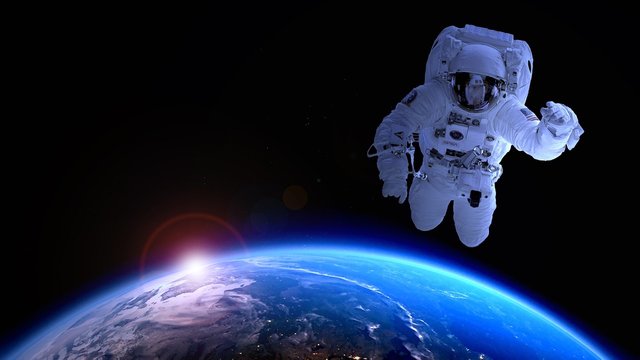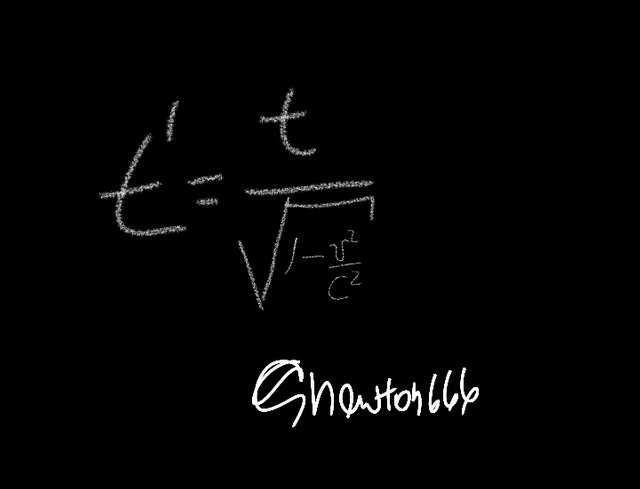Time in Space and Its Calculation in a Vacuum

Pixabay
According to Einstein's theory, time slows down when there is a strong gravitational pull. This event, called slowing time near heavy objects, means that time moves slower near large objects like planets or black holes. Similarly, Einstein's theory of special relativity states that as one object moves faster compared to another, time appears to slow down for the first object when viewed from the perspective of the second object. For example, a space traveler moving near the speed of light would experience less time than someone on Earth. Therefore, time in space is not fixed, but varies with speed and surrounding gravity.
Temporal expansion in the cosmos is a concept explained by Albert Einstein's theory of relativity. Time is not experienced uniformly by all observers. In places with very fast speeds or strong gravity, such as near a black hole or on a ship traveling nearly as fast as light, time moves slower compared to time on Earth. This indicates that an individual traveling at speed or near a large celestial body will perceive time passing more slowly than someone in a low-gravity environment or at rest.
Determining duration in a vacuum involves applying equations from the theory of relativity. One of the most recognized is the short-time stretching formula.
Where:

t is the time measured by an observer at rest,
t'$ is the time measured by a moving observer,
v is the speed of the moving object,
c is the speed of light.
This equation shows how time "stretches" for a fast-moving object. In the vacuum of space, where there is no atmosphere or friction, this formula becomes especially relevant for calculating the time experience of ships or probes traveling at high speeds.
My dear readers, time in space is not the same as on Earth; it is a continuous circumstance. Well, in truth, time there is noticeably affected by speed and gravity in a vacuum. However, using the explanation of relativity, we can perceive and predict what those adjustments are. Consequently, we can also deliberately schedule long-term space missions, simultaneously monitoring satellites and analyzing other cosmic phenomena with precision and excellent handling. Indeed, in this way, time in space is as relative as it is disconcerting.
Bibliographic Reference
Elementos de relatividad por Lorenzo de la Torre, 2008.
Non-Visual Astronomy: A Not-So-Limited Look at the Universe by Enrique Pérez Montero, 2023.
Astrophysics and Global Cosmology: Global Physics by José Tiberius, 2019.